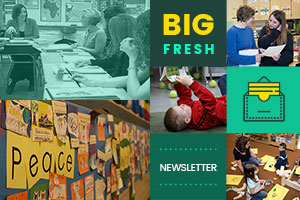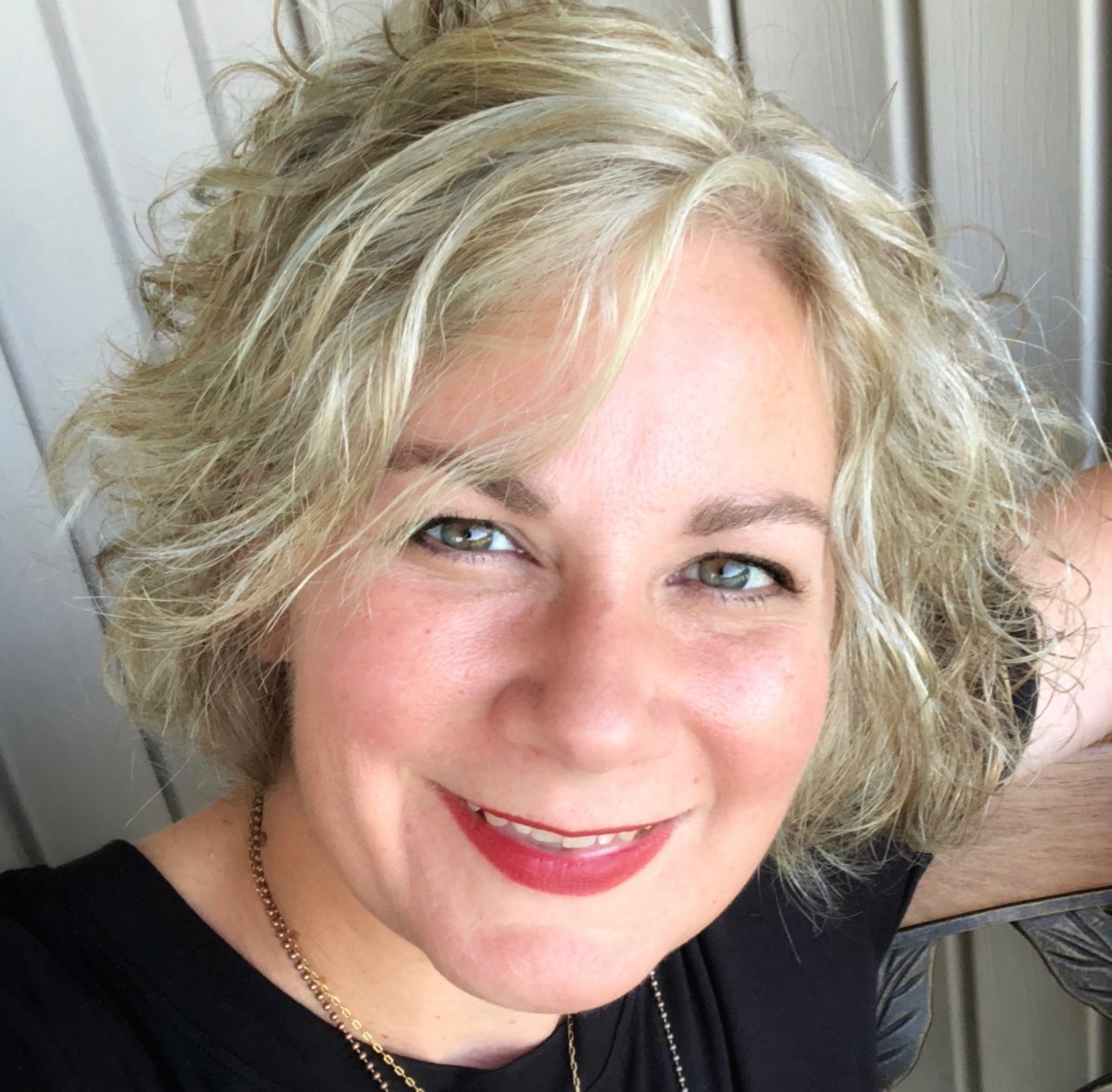Vulnerability sounds like truth and feels like courage. Truth and courage aren’t always comfortable, but they’re never weaknesses.
—Brené Brown
Be Brave
Fourth graders looked up at me from their spots on the rug ready to read the next picture book in our schoolwide March Madness competition.
“Sometimes, we can have thoughts that spiral,” I said. I swirled my finger around and around as I explained, “These are the kinds of thoughts that come up again and again. They can feel like a worry that takes over our brain. How many of you think you have experienced a spiraling thought or worry that takes over your brain?” My question was met with nods and raised hands.
On a whim, I inquired, “Would any brave voices be willing to share one of those thoughts or worries?” With little hesitation, one hand went up. “I worry about death,” Bhaavya said. “I wonder who will get my belongings.”
“Many people have a fear of dying,” I responded. A couple of students signed, “Me too” as I said, “Thank you so much for bravely sharing that with us.”
Brady raised his hand next. When I called on him, he shared, “I wonder if I’m good. Like, sometimes I wonder if I’m good enough.” I could feel tears prick my eyes as I responded with, “Wow. That is such a big, heavy thought that we carry sometimes.” I signed my own “Me too,” and many others began to silently join the conversation. “You are brave to share that out loud.”
These two courageous voices, who put their vulnerability about death and self-worth on display, paired with the respectful responses within our community, opened a door to more sharing
A few students connected about fear spiraling through their brains.
Another considered her reputation. What do people think of me and the way I act?
A third student considered the illness of a grandparent. Will he be okay?
There was the student who flashed forward to her future. Will I be able to go to college?
We discussed how lists of our responsibilities swirl around in many of our minds.
Every child who wanted to share aloud was able to.
We read the text and enjoyed the bird metaphor of thoughts flying away versus nesting. It was a lovely text that helped us consider which happy thoughts we want to help settle into our brains for a while. However, the book is not what has stuck with me. The vulnerability that filled our classroom has the idea of bravery in the classroom swirling through my mind.
The truth is, I don’t believe there is a magic formula to create a classroom filled with bravery. Rather, it is a series of intentional actions, reassurances, and spotlighting the connections and support between students throughout the year. If they know their hearts are well cared for, their brains will absorb the learning.
Melissa Quimby
Melissa Quimby teaches fourth grade in Massachusetts. She is passionate about helping young writers improve their craft, and her to-be-read list is always stacked with middle-grade fiction. You can connect with her at her website, QUIMBYnotRamona.

Ruth Shagoury and Melanie Quinn asked their colleagues to share the “most beautiful thing” about the puzzling student each of them is looking at closely in their study group. This is a great activity if you’re looking for a quick and easy icebreaker to spark some positive energy in your next study group or staff meeting and to remind everyone of the joys of our profession.
Matthew James Friday shares that teaching poetry can be an effective way to encourage students to thoughtfully consider their experiences and build connections with their peers.
Poets.org shares useful resources for National Poetry Month.

New members-only content is added each week to the Choice Literacy website. If you’re not yet a member, click here to explore membership options.
Dana Murphy reminds us that teaching students to read faster is often a surface-level answer to a much deeper question. Reading is a complex process; if you’re wondering what to do about oral reading fluency scores, then Dana offers powerful encouragement.
Joanne Emery recommends using poetry to help children practice their oral expression. She offers many poetry books and strategies for fluency practice.
Choice Numeracy | Jodie Bailey makes a case for purposeful play with her middle school students. To strengthen reading habits, we offer exposure to a wide variety of books, time to read, and opportunities to discuss ideas. In math classrooms, students need similar opportunities to explore and play.
New members-only content is added each week to the Choice Literacy website. If you’re not yet a member, click here to explore membership options.
Ruth Ayres invites us to use our doors as an opportunity to share core values and inspire others. As leaders, we are change makers. We can leverage attentional bias to help make change positive and joyful in our schools.
Heather Rader shares the language she uses to describe literacy coaching to others.
Vicki Collet shares a powerful coaching question: “What do you want to do more of?”
Quote It:
Be confident enough in your own actions not to need to explain yourself. Trust yourself to act.
—Bernard Roth
That’s all for this week!



